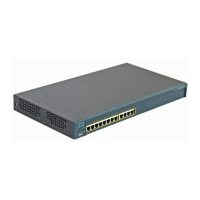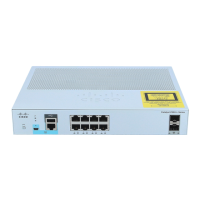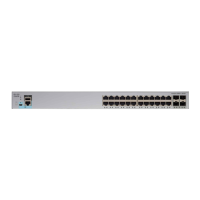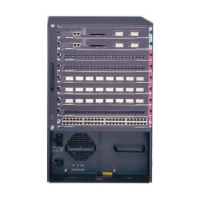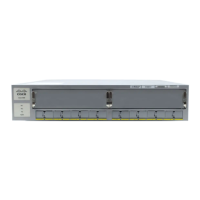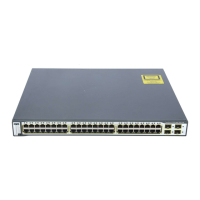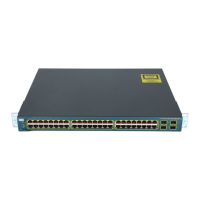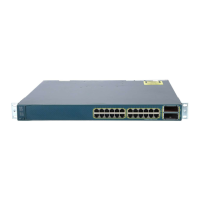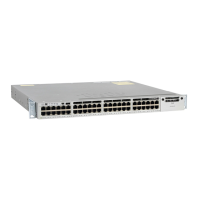Chapter 8 Configuring VLANs
Configuring 802.1p Class of Service
8-44
Catalyst 2900 Series XL and Catalyst 3500 Series XL Software Configuration Guide
78-6511-05
Configuring 802.1p Class of Service
The Catalyst 2900 XL and Catalyst 3500 XL switches provide quality of service
(QoS)-based IEEE 802.1p class of service (CoS) values. QoS uses classification
and scheduling to transmit network traffic from the switch in a predictable
manner. QoS classifies frames by assigning priority-indexed CoS values to them
and gives preference to higher-priority traffic such as telephone calls.
How Class of Service Works
Before you set up 802.1p CoS on a Catalyst 2900 XL or Catalyst 3500 XL switch
that operates with the Catalyst 6000 family of switches, refer to the Catalyst 6000
documentation. There are differences in the 802.1p implementation, and they
should be understood to ensure compatibility.
Port Priority
Frames received from users in the administratively-defined VLANs are classified
or tagged for transmission to other devices. Based on rules you define, a unique
identifier (the tag) is inserted in each frame header before it is forwarded. The tag
is examined and understood by each device before any broadcasts or
transmissions to other switches, routers, or end stations. When the frame reaches
the last switch or router, the tag is removed before the frame is transmitted to the
target end station. VLANs that are assigned on trunk or access ports without
identification or a tag are called native or untagged frames.
For ISL or IEEE 802.1Q frames with tag information, the priority value from the
header frame is used. For native frames, the default priority of the input port is
used.
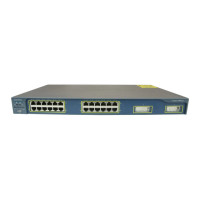
